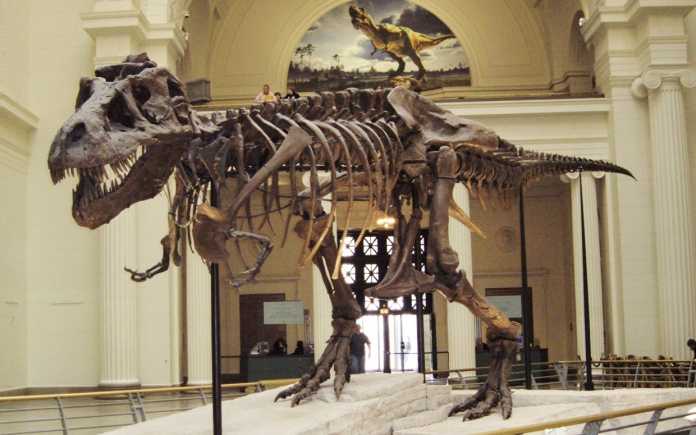What’s the issue with going to a historical center? Those bothersome updates that you can’t touch anything. At the same time now the world’s biggest gallery and exploration complex is changing all that.
This week the Smithsonian propelled the beta rendition of its new 3d displaying project. The X 3d Explorer examines antiques in the galleries’ accumulations to make intuitive, advanced forms that are open on the web. Not just would you be able to review the things from any edge, and zoom in for more detail, yet you can even print out scale models. Believe it or not those of you with 3d printers can make your remarkable Alaskan Dakl’weidi family pioneer’s executioner whale cap.
In the recent months, the Smithsonian has digitized 20 relics from among the 137 million in its historical center accumulations. This number may appear to be low, however remember that the methodology is really included. With a fossilized wooly mammoth, for instance, scientists needed to sweep the skeleton from 60 separate plot to catch all its anatomical points of interest. Forbes places this into point of view,
In the event that the Smithsonian could digitize an item consistently, it would even now take 270 years of working all day and all night consistently to catch the whole documents in 3d.
Analyzing Artifacts in 3D
Past artifactual puppets, the 3d chronicle activity has some genuine instructive points. Digitization executive Günter Waibel portrays how the system can conquer a portion of the space constraints of physical display centers:
With just 1% of accumulations on showcase in Smithsonian display center exhibitions, digitization manages the chance to bring the staying 99% of the gathering into the virtual light.
On the off chance that now-wiped out creatures don’t do it for you, the accumulation of three-dimensional advanced relics additionally incorporates a lot of stuff for history buffs, in the same way as the Wright siblings’ plane, a gunboat from the Revolutionary War, and Amelia Earhart’s flight suit. Furthermore the digitization group arrangements to document a couple of dozen more advanced relics consistently. Also you can touch every one of them you need at Smithsonian’s intelligent online exhibition














This is really exiitcng and encouraging news! I really think that projects like this are really important, both to preserve these books; but also to make them readily available to the public as well. Thanks!